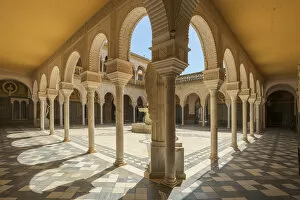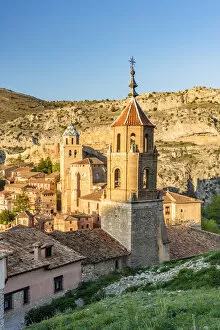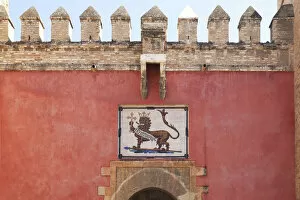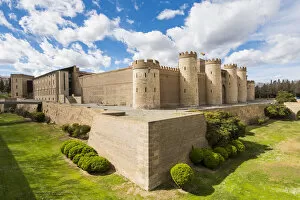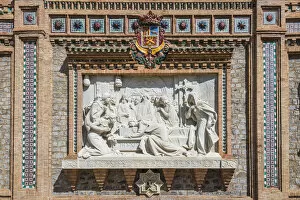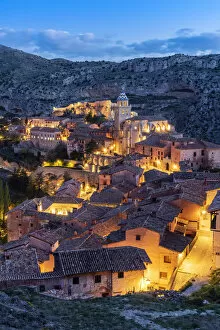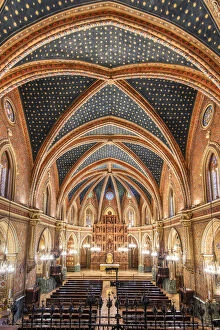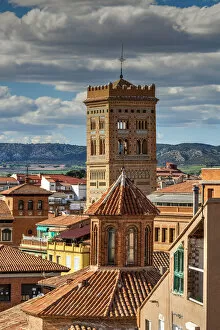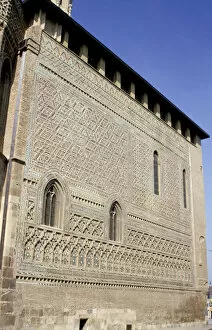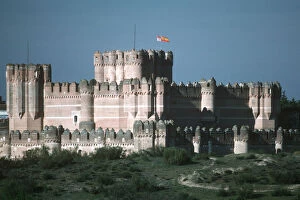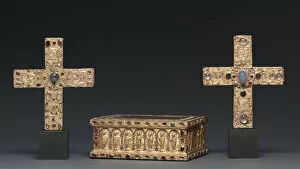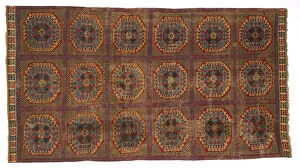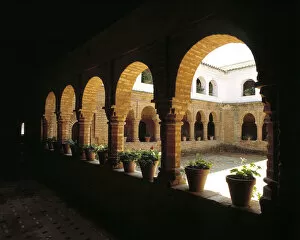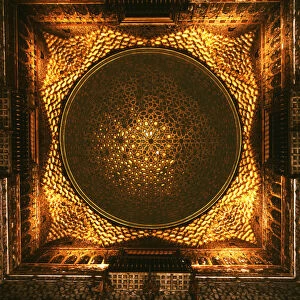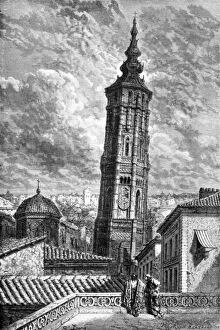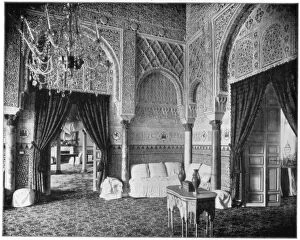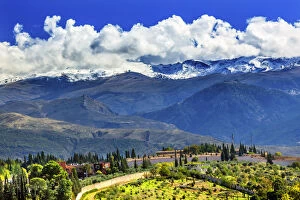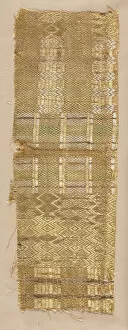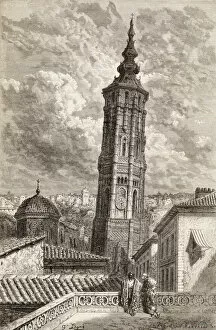Mudejar Collection (#2)
"Mudejar: A Fusion of Cultures and Architectural Masterpieces" Step into the enchanting world of Mudejar
For sale as Licensed Images
Choose your image, Select your licence and Download the media
"Mudejar: A Fusion of Cultures and Architectural Masterpieces" Step into the enchanting world of Mudejar, a captivating architectural style that beautifully blends Islamic and Christian influences. Picture No. 11014350 takes us to the Dance Gardens in Real Alcazar, a UNESCO World Heritage Site nestled in Seville, Andalucia, Spain. Here, you can witness the breathtaking Azulejos tiles adorned with intricate patterns in the Mudejar style. Travel further south to Granada's Alhambra Farm Mountains and be mesmerized by its majestic beauty. The ornate arches inside this iconic fortress showcase the epitome craftsmanship. Meanwhile, La Iglesia de la Compania de Jesus in Quito, Ecuador stands as a testament to how this unique style transcended borders and left its mark on South America. Venturing towards Teruel in Spain reveals the awe-inspiring Tower of Saint Martin - an exquisite example architecture that graces Europe's skyline. Barcelona's Arc de Triomf also boasts elements inspired by this distinctive style. Back in Andalusia lies another gem - Santa Catalina Monastery (Convento de Santa Catalina) - where you can immerse yourself in centuries-old traditions preserved within its walls. Seville once again beckons with Alcazar (aka Reales Alcazares), originally built as a Moorish fortress but later transformed into an opulent palace showcasing remarkable Mudejar design elements. Throughout these diverse locations showcased through Azulejos tile work or stunning arches, one thing remains constant – Mudejar is not just an architectural marvel; it represents cultural exchange and harmony between different civilizations throughout history. So next time you encounter these splendid creations bearing the hallmark artistry, take a moment to appreciate their significance as testaments to human creativity and unity across continents.

